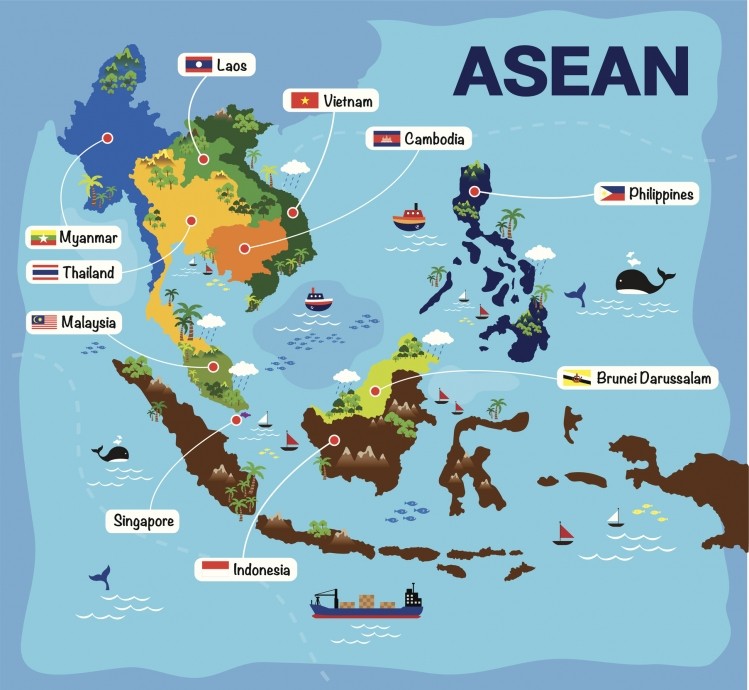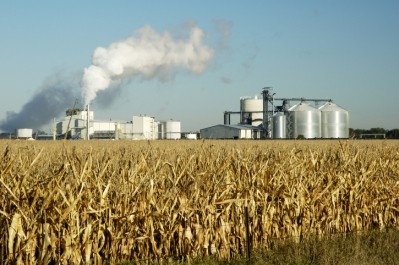Vietnam reopens market to US DGGS

DDGS ingredients from the US had been barred from entry into the Asian coutnry since December 2016 over fears of beetle contamination. The Office of the US Trade Representative announced the reeopening of the Vietnamese market for that product on Wednesday this week.
Export permits for the feed ingredient, dried distillers grains with solubles (DDGS), started being issued for Vietnam at the start of September, said Lyndsey Erb, director of industry relations with the US Grains Council (USGC).
The council worked with industry and regulatory agencies in both the US and Vietnam to find a solution that would allow the market to re-open.
In 2015/16, the country was the third largest buyer of US DDGS, importing about 985,000 metric tons of the feed ingredient, worth about $210m, she told FeedNavigator.
“Vietnam was previously the third largest importer, and we’re looking forward to having access to that market again,” she said. “It’s one of the fastest growing feed markets and a market where we see a growth opportunity going forward.”
The reopening of the market is a demonstration of how to address a “scientific challenge impeding trade flows,” said Tom Sleight, USGC president and CEO. “This intense effort was strongly supported by the US Department of Agriculture's (USDA's) leadership, officials in its Animal and Plant Health Inspection Service (APHIS) and the Office of the US Trade Representative (USTR).”
DDGS market suspension
The suspension came after concerns that shipments of the US feed ingredient reportedly contained insects, said Erb.
“The concern was the fumigation protocol was not effective,” she said. “We started working with them last fall – ultimately PPD [Vietnam’s Plant Protection Department] decided that their preference was that we fumigate with methyl bromide and that’s not a preferred method here in the US.”
In December 2016, Vietnam announced that it would be suspending the import of the feed ingredient regardless of the fumigation protocol used.
Although imports of other feed grains like corn and wheat were not suspended, they had been using the methyl bromide fumigation protocol, she said.
That also has now been replaced with an agreed upon phosphine fumigation process.
Market development
In addition to continuing to work with Vietnam, the USGC has been working to develop additional markets for the feed grain, said Erb.
“As a market, southeast Asia has been a market that USGC has heavily invested in,” she added.
The grain trade-focused non-profit also has been working to expand import interest in the feed grain, she said. The council has been looking to other markets including Turkey, Japan and South Korea and other parts of the Southeast Asian region like Thailand.
“The Grains Council is working around the world around the clock,” she said. “As the products continue to evolve here in the US, what it is continues to evolve, and we’re taking opportunities to support diversification of a customer base.”
Another element that has prompted the work to expand the market for the feed ingredient was the loss of the market in China, she said.
In January, China’s Ministry of Commerce (MOFCOM) announced it would increase anti-dumping and countervailing duties on DDGS, citing injury to its domestic market. At that time, the USGC spoke about its work to expand markets for the feed product.
“China was a huge customer, with China out of the market we’ve seen a diversification of worldwide customers,” said Erb. “The export picture has changed – it has given us the opportunity to meet with new customers to show how and where DDGS can fit into new rations and what the value is.”












